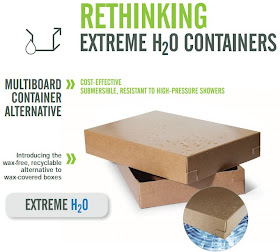The recession is over. But its end
did not herald a return to business as usual. High rates of new product
failure—once considered an inevitable cost of doing business—are now
unacceptable. Today's thinner revenue streams, narrower margins, heightened competition,
and more limited resources have, if anything, increased the already high levels
of stress among corporate survivors and raised the performance bar set by
business executives. That has prompted changes in the ways companies invest,
manage, and innovate—changes designed to minimize risk.
Among the good management habits of
innovative, high-performance companies:
Balance. Investments in breakthrough advancements were offset
with spending on incremental innovations. While the rewards of home-run
products are potentially very high, their associated risks are even higher.
Winning companies don't bet all their chips on blue-sky projects.
Prioritize. Focus on product development projects that align with
both market needs and the company's overall business strategy. Struggling to
satisfy customer desires is only beneficial when it advances your company's
longer-range objectives.
Analyze. Overcome the largest risk in product
innovation—products that customers won't buy—by analyzing customer feedback
quickly to ensure delivery of products the market is actually asking for. If a
product idea is going to fail, or meet only 80 percent of customer
expectations, it is a huge advantage to find that out as soon as possible, drop
the idea, and move on to other, more appealing projects.
Automate. Top performers delivered products on time by using
technology to manage requirements, administer workflow, and prioritize
development. Too many companies rely on slower, less reliable manual processes.
There was also a flip side to the
study's findings: challenges that consistently elude companies that are still
struggling. Chief among them:
Not listening. Failure to hear and consider the expressed needs of
customers. Those diverse voices must be considered, reconciled, and balanced to
develop a truly successful product.
Not collaborating. Failing to share information and collaborate with
customers, partners, suppliers, and other key stakeholders in exploring new
ideas. For struggling companies, fewer than half their product ideas came from
these sources.
Misalignment. Too often senior management and product-line staff
fail to communicate, which often results in their spending time and money on
the wrong product priorities.
Uncertainty. The lack of clear decision-making and confusion over
product-line ownership leads to decisions based on internal politics,
subjectivity, personal influence, and debate skills rather than product merits.
Paperwork. Paper-based methods and other traditional innovation
management processes slow down the development life cycle, especially for
complex products.
Poor execution. Struggling companies have trouble planning the
resources needed to match market opportunities, difficulty managing multiple
teams and regions, and a hard time managing the risks associated with new and
existing products.







